There are many reasons to conduct land clearing. Perhaps you want to build a home or barn, convert acreage to cultivation, or graze animals. Regardless of the reason, clearing trees and other vegetation from acreage can seem like a daunting task, but with the right plan, advice and tools, it doesn’t have to be.
Know Your Costs
Even if you plan on doing it yourself, there will be costs involved with clearing your land. Before starting the project, be sure you have a budget in place to cover the costs of hiring professionals and equipment rentals. Determine if clearing the acreage for your intended use will make sense financially in the long term, and since issues almost always arise, have a cushion to incur additional costs if necessary.
Develop a Plan
Before clearing acreage, have a plan in place for what you want to do with the land. If your plan is to grow crops, be sure to get the soil tested and determine if the crops you plan to grow will thrive. If livestock is the plan, be sure that you’ll have the proper amount of space and climate to support the type and amount of livestock you want to raise. Talk to other local farmers or your local ag extension office so you have all the information you need. If you plan to build a home, barn or other structure, be sure to check with local ordinances to ensure your land is zoned properly. If there are any old buildings on the land, you may need to have them removed before you can construct new buildings.
Determine Timber Value
If you’re clearing wooded land, the timber is worth something to someone. Consult a local forester or timber valuation expert to determine how much the timber you plan to remove is worth. You may discover that the value of the timber can partially or completely offset the costs of clearing the land.
Get the Right Equipment
Owning or renting the right equipment can make clearing even large tracts of land much quicker and easier. A track harvester is the fastest way to fell and transport a large number of trees, while a stump grinder will help take care of what’s left behind. A brush mower is usually the best tool for clearing out brush and other smaller vegetation, and string trimmers and string mowers can be used to clear out unwanted fields and grasses.
This content may not be used or reproduced in any manner whatsoever, in part or in whole, without written permission of LANDTHINK. Use of this content without permission is a violation of federal copyright law. The articles, posts, comments, opinions and information provided by LANDTHINK are for informational and research purposes only and DOES NOT substitute or coincide with the advice of an attorney, accountant, real estate broker or any other licensed real estate professional. LANDTHINK strongly advises visitors and readers to seek their own professional guidance and advice related to buying, investing in or selling real estate.




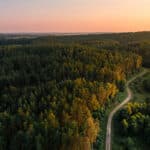

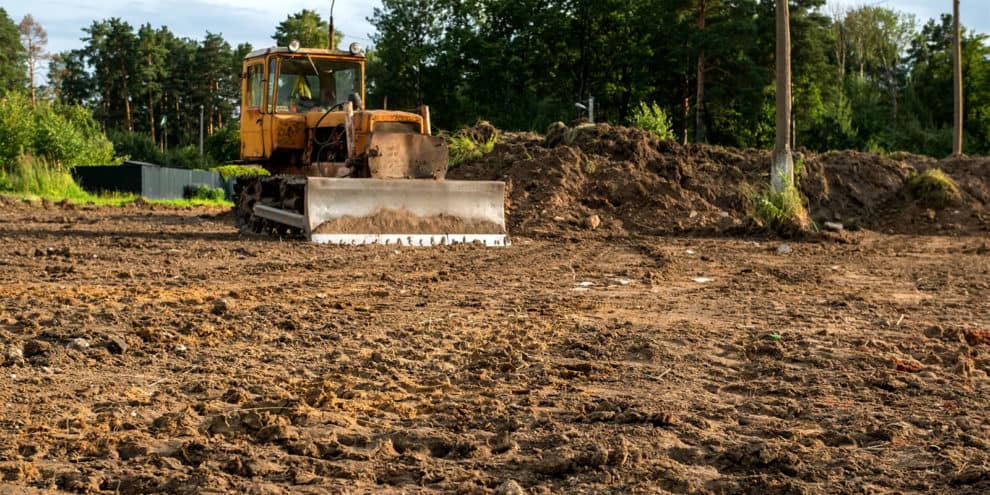
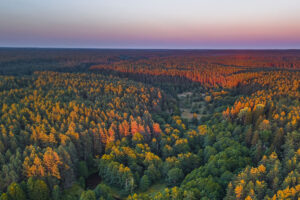
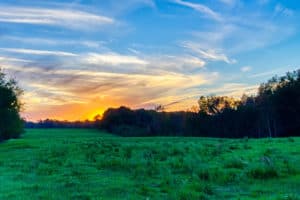
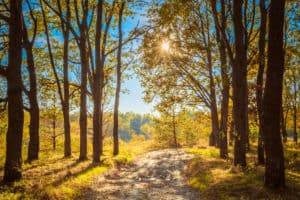
Call a good experienced grader or you will wind up with a big mess!
Pushing rocks, dirt and stumps into a pile and expecting it to burn or go away just leaves a mess. Consider hiring someone with a forestry mulcher. It will take care of stumps, brush and logging slash. Prep required is very use dependent on intended use, row crops will require a lot more prep than pasture.